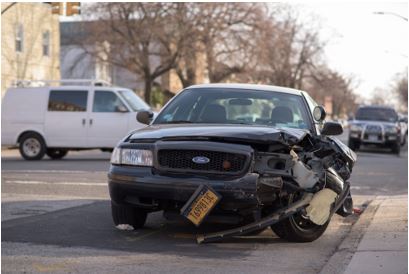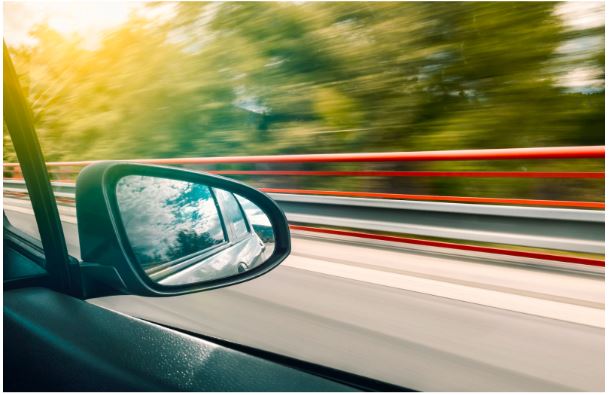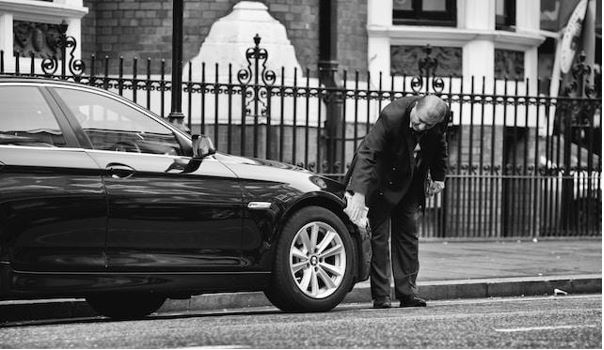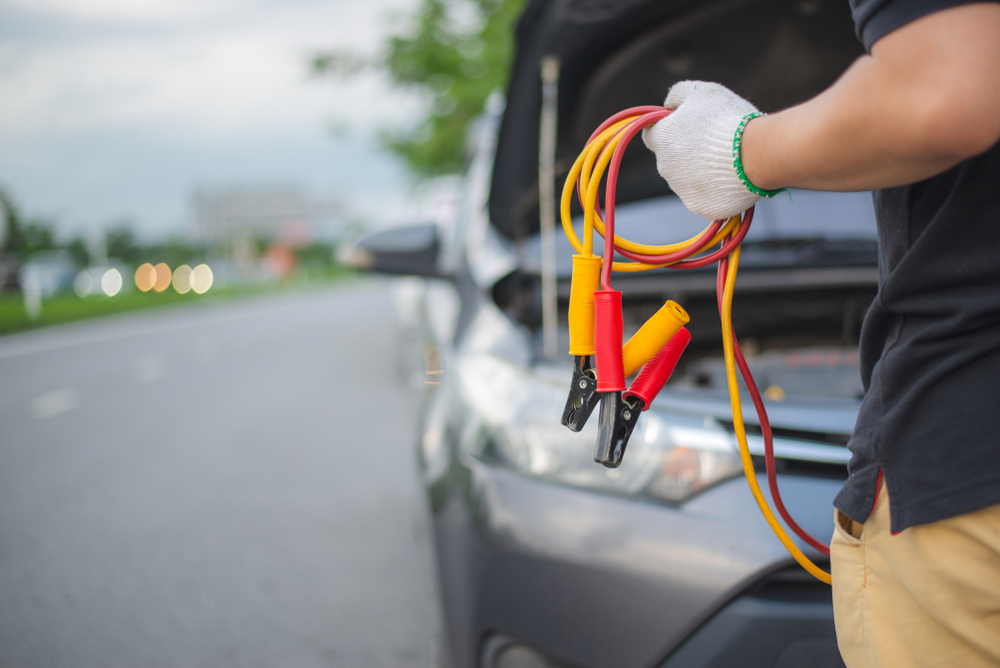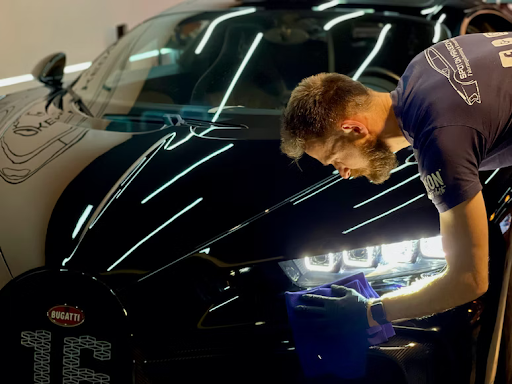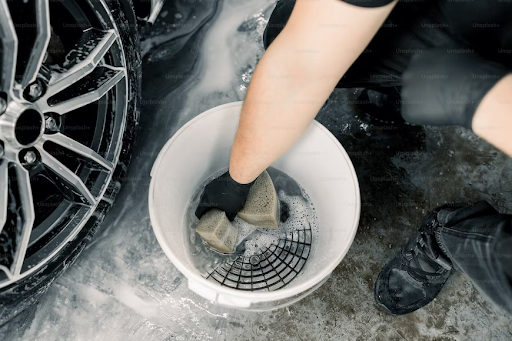Legal Steps to Take After a Car Accident
Experiencing a car accident can be a jarring and disorienting event, especially in Columbia, South Carolina, where the roads are as diverse as the people who traverse them. Knowing the right steps to take immediately after such an incident is crucial for your safety, legal rights, and financial well-being. This article aims to guide you through the essential legal actions you should take post-accident, ensuring that you are well-informed and prepared to handle this challenging situation with poise and understanding. Without further ado, let’s get started.
Immediate Actions at the Scene
In the immediate aftermath of a car accident, your priority should be safety and documentation. Firstly, check for any injuries and call 911 if medical assistance is needed. Move to a safe area, if possible, to avoid any further harm. Next, it’s vital to document the scene. Take photos of the vehicles, road conditions, and any visible injuries. Exchange information with the other driver, including names, contact details, and insurance information. If there are witnesses, their accounts and contact details can be invaluable. Remember, while it’s important to be cooperative, avoid admitting fault or making statements that could be used against you later.
The Importance of Legal Assistance
After addressing immediate safety concerns and gathering evidence, the next crucial step is seeking legal counsel. We suggest getting in touch with professional car accident lawyers in Columbia to handle your case. An experienced accident lawyer will guide you through the process, from filing insurance claims to dealing with any legal proceedings. They can help you understand your rights, assess the compensation you’re entitled to, and represent you in negotiations or court if necessary. Remember, the sooner you get in touch with a lawyer, the better they can protect your interests.
Navigating Insurance Claims
In South Carolina, dealing with insurance after a car accident can be complex. However, be cautious when speaking to insurance adjusters, especially those from the other party’s insurer. They may try to get you to admit fault or settle for a lower compensation than you deserve. This is where having legal representation becomes pivotal. Your lawyer can communicate with the insurance companies on your behalf and ensure that your claim is fairly represented and compensated.
Understanding South Carolina’s Legal Landscape
South Carolina operates under a ‘fault’ system for car accidents, meaning the person who is legally at fault for the accident is responsible for the damages. Understanding this system is crucial in determining how to proceed with your claim. South Carolina also has a comparative negligence rule, which means your compensation might be reduced if you’re found partially at fault. Knowledge of these legal nuances is essential, and a lawyer can help navigate these complexities, ensuring that your rights are upheld throughout the process.
Dealing with the Aftermath of a Car Accident
Following a car accident, there are several critical steps to manage the aftermath effectively. First and foremost, it’s essential to keep all documentation related to the accident organized. This includes police reports, medical records, and any correspondence with insurance companies. These documents are crucial in building a strong case for your claim. Additionally, it’s important to monitor your health closely. Some injuries, particularly those related to whiplash or concussions, may not be immediately apparent. Follow up with your healthcare provider and keep a record of any symptoms and treatments.
Another key aspect is to understand the time limits for filing claims. South Carolina has specific statutes of limitations for car accident claims. Moreover, stay vigilant about any contact from other parties involved in the accident or their representatives. It’s advisable to direct all communications to your lawyer to avoid any statements or agreements that could negatively impact your claim. Throughout this process, patience and attention to detail are vital. The journey to a fair settlement can be lengthy and complex, but with the right approach and guidance, you can navigate it successfully.
Community Resources and Support in Columbia
In the wake of a car accident, tapping into community resources in Columbia can be incredibly beneficial. Local support groups offer emotional and practical assistance, helping individuals cope with the aftermath of an accident. Additionally, Columbia has various medical facilities and rehabilitation centers that provide specialized care for accident-related injuries. Utilizing these resources can significantly aid in your recovery process. It’s also beneficial to be aware of local traffic laws and road safety initiatives. Understanding the common causes of accidents in the area can help in both prevention and in making a stronger case if you’re involved in an accident. Community workshops and driving safety courses can also offer valuable insights and skills to avoid future accidents.
Moreover, staying connected with the local community can provide a network of support. Local forums and social media groups can be a source of advice, recommendations for legal assistance, and moral support. In times of distress, such as after a car accident, the strength of community ties can make a significant difference in your recovery journey, both legally and emotionally.
Conclusion
A car accident can be a distressing experience, but taking the right legal steps can significantly ease the process. Remember to prioritize safety, document everything, and seek legal counsel early. In Columbia, having an experienced car accident lawyer by your side can make a significant difference in the outcome of your case. They not only provide legal guidance but also offer the support and understanding needed during such challenging times. By following these steps, you can navigate the aftermath of a car accident with confidence and clarity, ensuring your rights and well-being are protected. Top of Form
Check Next >https://www.neoadviser.com/a-checklist-of-actions-from-painted-auto-parts/
